Mandy Ray
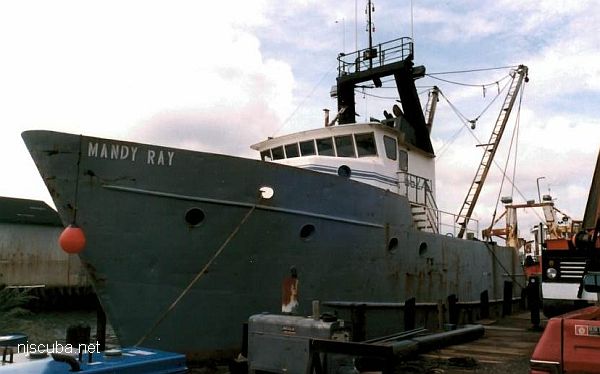
- Type:
- artificial reef, trawler
- Built:
- 1983, Newport Shipyard, Newport RI, USA
- Specs:
- ( 126x25 ft ) 198 gross tons
- Sunk:
- October 16, 1998 - Shinnecock Artificial Reef
- Depth:
- GPS:
- 40°48.133' -72°28.500'
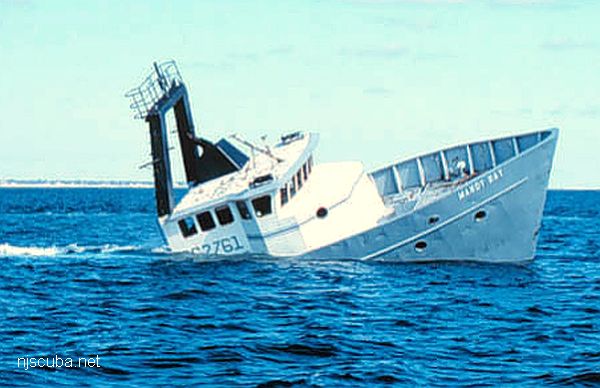
Built as Amanda G, the Mandy Ray seems to have had a history of engine problems and was reefed at the relatively young age of 16. The boat looks in very good shape compared to most reefed trawlers: I'll bet the engine was blown and the owners just threw in the towel.
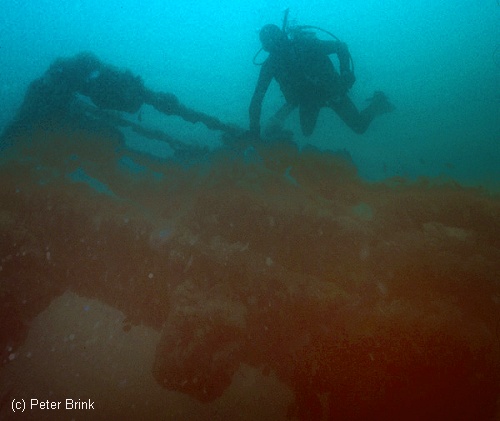
The dive boat Jean Marie worked in conjunction with the DEC and Cornell Cooperative Extension to make this one happen. She was sunk in October of 1998, a few miles off Shinnecock Inlet, to become part of our underwater habitat. Ironically, she now becomes home to some of the same species that she formerly harvested during her topside life.
This wreck is 126 feet long, sitting upright, and basically intact. She provides an awesome sight as you descend upon her. Part of her superstructure reaches up to about 45 feet below the surface. A fairly new wreck, she is nevertheless loaded with marine life, only promising to get better as time goes on.
Sadly, the Mandy Ray stands as a memorial to the owners of the dive boat Jean Marie, Ken and Jean Marie Jastrzebski, who died in a car crash in 2005.
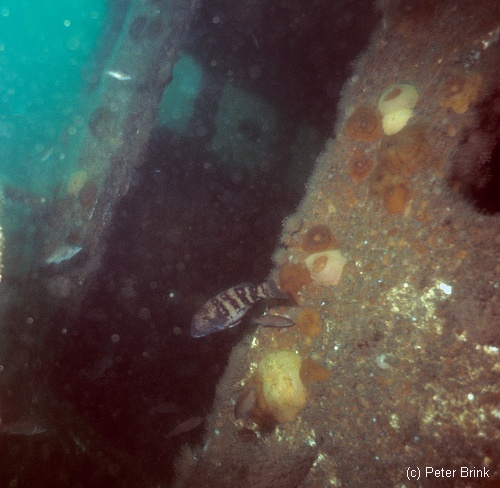
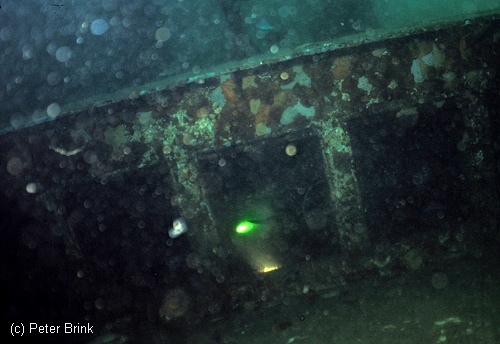
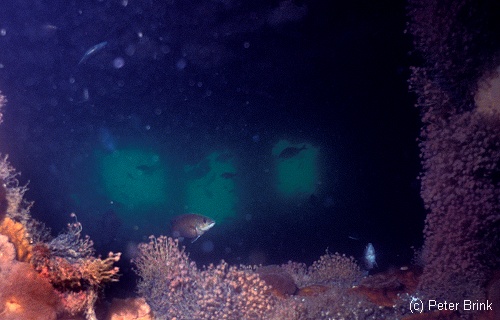
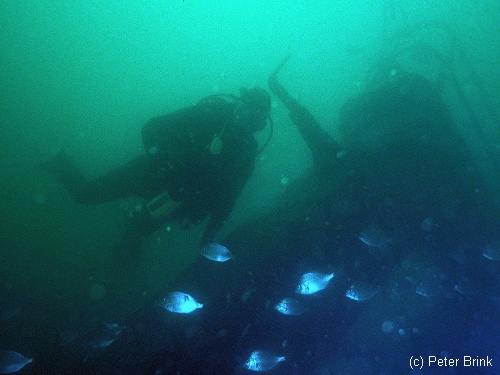
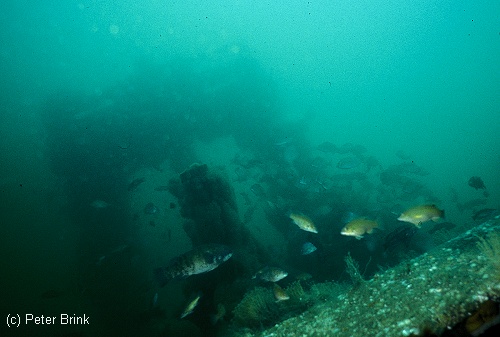
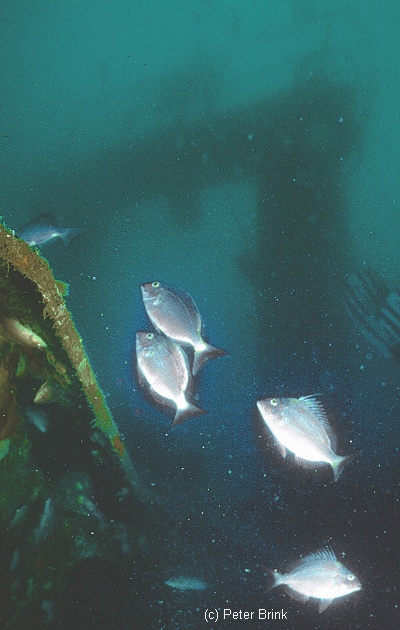
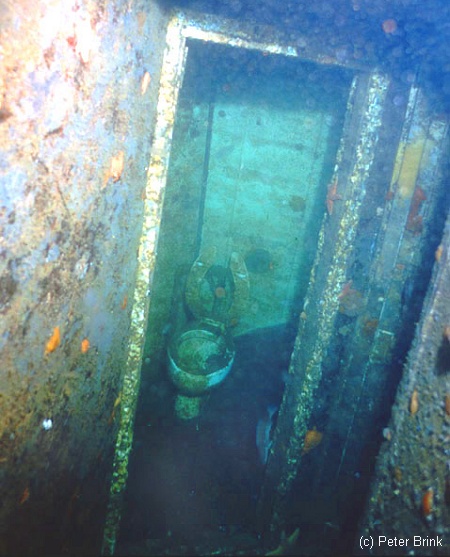

Questions or Inquiries?
Just want to say Hello? Sign the .